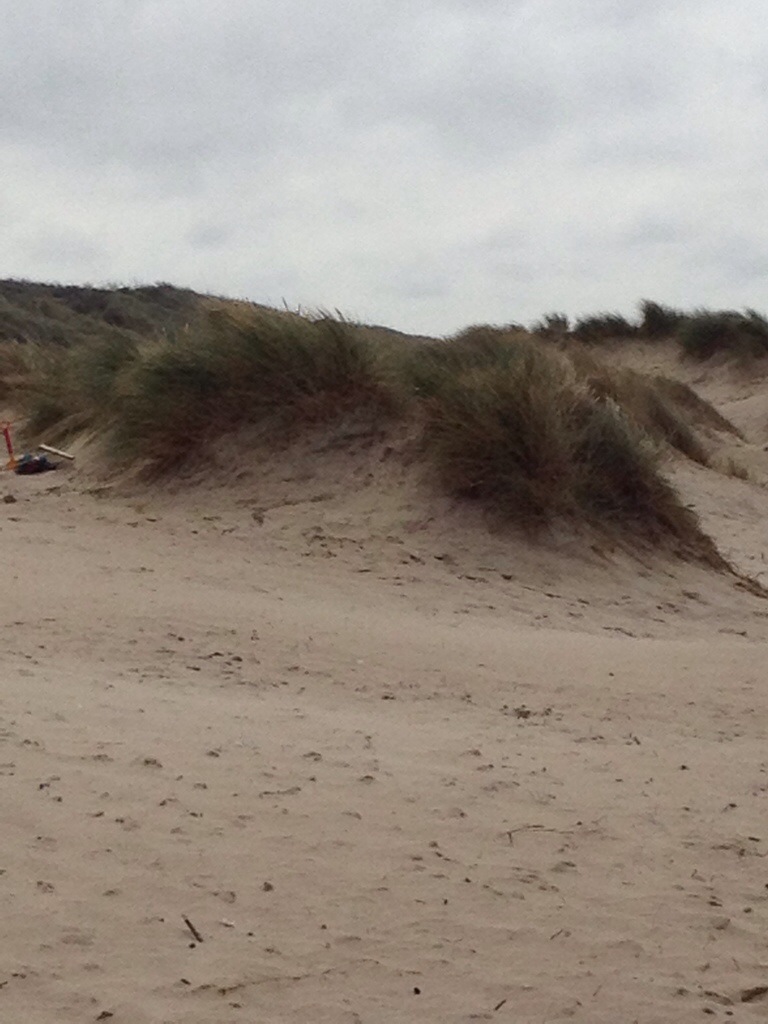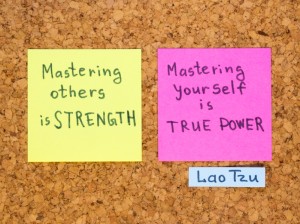 While working and feeling a bit overwhelmed today with all sorts of things happening and different emotions passing by at the same time, suddenly a mail popped up in my inbox. I get quite a lot of newsletters and blog entries on a daily basis, hence am not reading them directly normally. This one though, caught my attention as the first line that I saw read the following:
While working and feeling a bit overwhelmed today with all sorts of things happening and different emotions passing by at the same time, suddenly a mail popped up in my inbox. I get quite a lot of newsletters and blog entries on a daily basis, hence am not reading them directly normally. This one though, caught my attention as the first line that I saw read the following:
“Recognize that you are feeling disturbed, overwhelmed, depressed or some other depleting or negative emotion”.
I thought, oh, yes, ok… I acknowledge that I am feeling kind of disturbed today, maybe I should do something against that and simply send some kindness to myself instead of judging and ruminating.
So I continued reading the newsletter and immediately felt better after some moments of stillness. As we all have our good and less good days, I wanted to share this little exercise with all of you. It is called “Soft Heart Tool” and comes from heartmath.org. Hopefully it will help you too!
- Recognize that you are feeling disturbed, overwhelmed, depressed or some other depleting or negative emotion.
- Acknowledge that it is not these or other emotions that cause you to feel drained or out of sorts as much as it is the significance you give them.
- Find your Soft Heart attitude by intentionally feeling love, care or appreciation for a person, pet or something you truly care about. This helps take you to a soft place in your heart and increases your ability to feel care and compassion for yourself.
- Soak and relax any unwanted feelings in the compassion of your heart, letting the significance dissolve a little at a time. Take your time.
Jenny





 Do you know what VUCA means? No? Well, not so long ago, I didn’t either, rest assured!
Do you know what VUCA means? No? Well, not so long ago, I didn’t either, rest assured!


